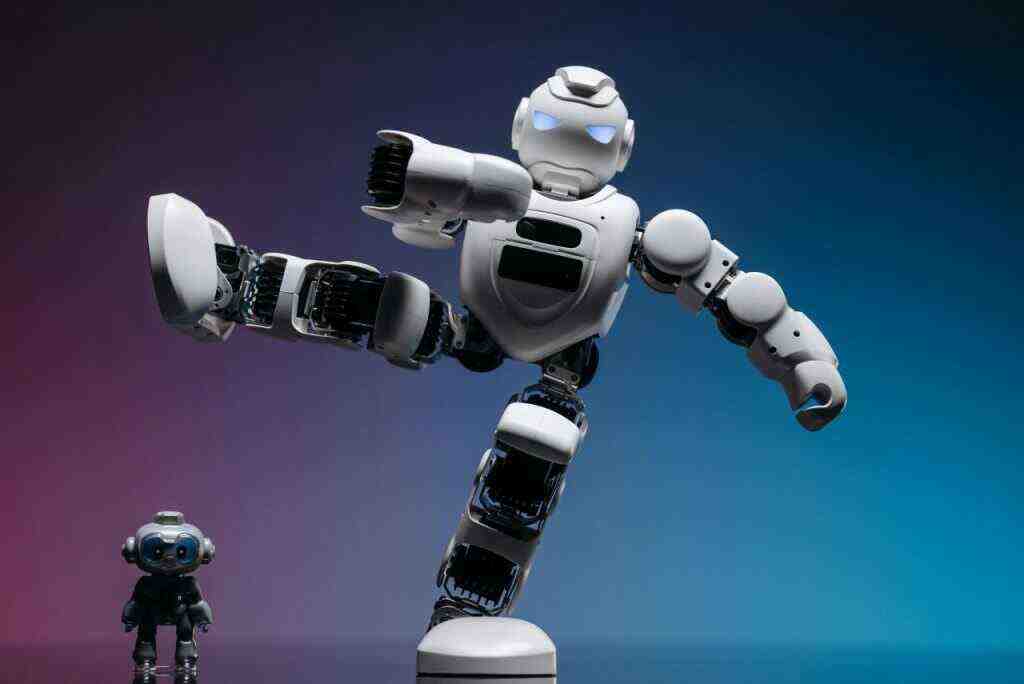Addressing Racial and Gender Bias in Social Robots: Towards a More Inclusive Engineered Imaginary
Introduction
In the realm of artificial intelligence and robotics, recent advancements have illuminated pressing concerns regarding racial and gender bias embedded within algorithms and data utilized to train sophisticated language models akin to ChatGPT. However, these biases also manifest in social robots – physical entities meticulously designed to engage with humans, often embodying non-threatening human or animal forms. As social robotics ventures into interacting with increasingly diverse populations, the absence of diversity in robot design and appearance becomes starkly apparent.
The Problem of Racial and Gender Bias in Social Robots
A plethora of social robots, including Kaspar, Nao, Pepper, and iCub, typically exhibit white, shiny plastic exteriors, devoid of features that mirror the spectrum of human skin tones or physical characteristics. This homogeneity in robot design not only fails to reflect the multifaceted nature of human society but also perpetuates harmful stereotypes, potentially exacerbating biases and further marginalizing underrepresented groups.
The Cultural Imaginary and the Engineered Imaginary
The cultural imaginary, a tapestry of representations woven from texts, images, and films, profoundly influences our perceptions and attitudes towards robots. Science fiction, a genre that thrives on envisioning futures shaped by technology, plays a pivotal role in molding this cultural imaginary. Often, science fiction portrays robots as white, female, and subservient, reinforcing societal biases and perpetuating harmful stereotypes.
In stark contrast to the cultural imaginary stands the engineered imaginary, a realm governed by the practical considerations of computer science and engineering teams tasked with designing robot bodies. Often, these teams prioritize factors such as cost-effectiveness, ease of manufacturing, and durability, inadvertently overlooking the importance of diversity and inclusivity.
The Historical Legacy of Whiteness in Robot Design
The historical legacy of whiteness in robot design traces its roots back to ancient mythology, literature, and art, where robots or androids were frequently depicted as white and female. This legacy persists in contemporary cinema, with iconic films like “Metropolis” and “Blade Runner” reinforcing the association between robots and whiteness. These cultural representations contribute to the perpetuation of harmful stereotypes,塑造一个社会机器人应该是什么样的刻板印象,限制了其成为真正具有包容性的同伴的潜力。
The Need for an Inclusive Engineered Imaginary
To effectively address racial and gender bias in social robots, it is imperative to cultivate a more inclusive engineered imaginary. This entails designing robots that authentically reflect the diversity of the populations they serve, not merely in terms of appearance, but also in their forms of interaction, gestures, and touch. By embracing diversity in robot design, we can challenge harmful stereotypes, foster a sense of belonging among underrepresented groups, and create robots that resonate with a broader spectrum of users.
Social Science Methods for a More Inclusive Engineered Imaginary
Social science methodologies offer valuable insights for constructing a more inclusive engineered imaginary. By studying the role of the body in human-robot interaction, particularly how people’s bodies communicate through gestures, expressions, and vocalizations, social scientists can inform the design of robots that are more sensitive to cultural differences and nuances. This knowledge can guide the development of robots that are better equipped to interact with people from diverse backgrounds, enhancing the overall human-robot interaction experience and mitigating the uncanny valley effect.
Conclusion
Addressing racial and gender bias in social robots demands a concerted effort from social scientists, interaction designers, and engineers. By incorporating social science insights into robot design, we can create more inclusive and culturally sensitive socially assistive robots that enhance human-robot interaction and reduce the uncanny valley effect. This collaborative approach holds the key to unlocking the full potential of social robots, enabling them to serve as valuable companions and assistants for people from all walks of life.
